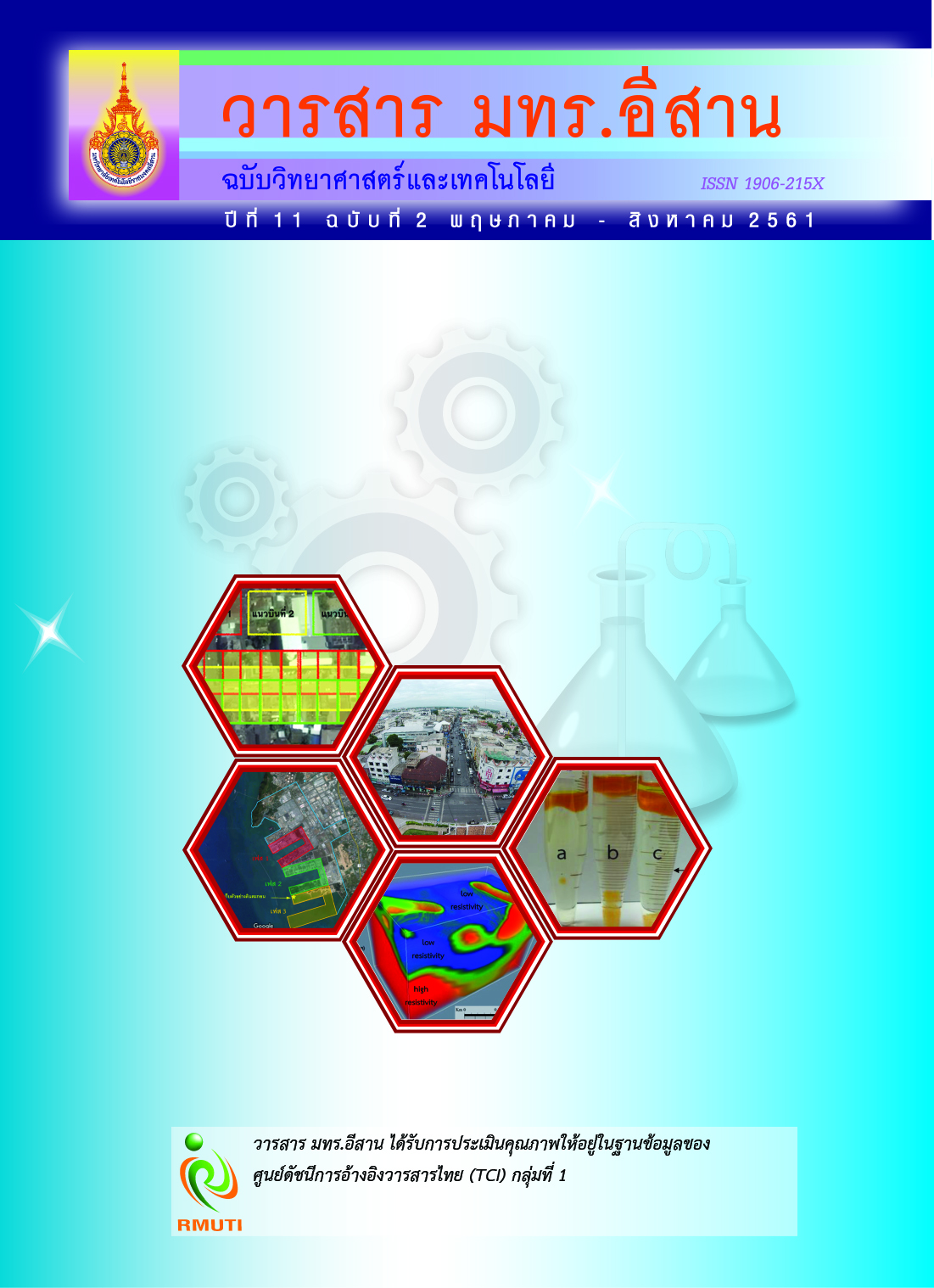Using sUAV for Data Collection in Planning A Case Study of Jompol Road, Nakhon Ratchasima
Main Article Content
Abstract
The aerial photographs for planning development used to Urban Planning department and related fields. Generally, this data was using the satellite imagery from the Geo-Informatics and Space Technology Development Agency (Public Organization) and the aerial photographs from the Royal Thai Survey Department. While the procedures and overhead costs to get information. In present, the information technology is continuing development. There is easy access to the Internet. Especially, the use of satellite imagery from the Google Earth program. However, the aerial imagery data not updating and covering
all areas. At the same time, technological development has an invention for aerial photographs collection, such as small unmanned aerial vehicles (sUAV). This device installed with cameras and record geographic position coordinates (GPS) into digital aerial photos. That control system from the remote control, computer or application on the smartphone.
This article compares the data obtained from aerial photographs processing from sUAV technology with satellite imagery by Google Earth and 3D data from 3D Laser Scanner. The result from using sUAV technique provide current aerial photographs, high-resolution and flexible use of data collection.
Article Details
References
[2] Santitamnont, P. (2003). Digital Photogrametry. Department of Survey Engineering, Faculty of Engineering, Chulalongkorn University. Bangkok
[3] Malfi tana, D., Leucci, G., Fragalà, G., Masini, N., Scardozzi, G., Cacciaguerra, G., Santagati, C., and Shehi, E. (2015). The Potential of Integrated GPR Survey and Aerial Photographic Analysis of Historic Urban Areas: A Case Study and Digital Reconstruction of a Late Roman villa in Durrës (Albania). Journal of Archaeological Science: Reports. Vol. 4, pp. 276-284. DOI: 10.1016/j.jasrep.2015.09.018
[4] Li, Z., Shi, W., Myint, S. W., Lu, P., and Wang, Q. (2016). Semi-Automated Landslide Inventory Mapping from Bitemporal Aerial Photographs Using Change Detection and Level Set Method. Remote Sensing of Environment. Vol. 175, Number 16, pp. 215-230. DOI: 10.1016/j.rse.2016.01.003
[5] Conrad, C., Rudloff , M., Abdullaev, I., Thiel, M., Löw, F., and Lamers, J. P. A. (2015). Measuring Rural Settlement Expansion in Uzbekistan Using Remote Sensing to Support Spatial Planning. Applied Geography. Vol. 62, pp. 29-43. DOI: 10.1016/j.apgeog.2015.03.017
[6] Saetea, V., Kanyawaralak, C., Srisompong, P., and Boonyaarunnate, S. (2014). Development of Unmanned Aerial Vehicle (UAV) for Aerial Surveying and Photography for the Assessment of Flood in the Eastern Part of Thailand 2013. The 19th National Convention on Civil Engineering, 14-16 May 2014, Khon Kaen, THAILAND. pp. 2974-2980
[7] Boonyanusith, N. and Tiyawongsuwan, S. (2016). Change Agent Transformation Pattern of Urban Revitalization in Chom Phon Community. The 5th Urban and Regional Planning Academic Symposium 2016 on Topic in Partnership for New Urbanization. Faculty of Architecture, Khon Khon University.
[8] Kreimer, B. and Waite, M. (2003). The Feasibility of Using Small Unmanned Aerial Vehicles for Mapping News Events. Drone Journalism Lab University of Nebraska-Lincoln, pp. 2-5
[9] Antova, G., Kunchev, I., and Mickrenska-Cherneva, C. (2016). Point Clouds in BIM. IOP Conference Series: Earth and Environmental Science. Vol. 44, DOI: 10.1088/1755-1315/44/4/042034


